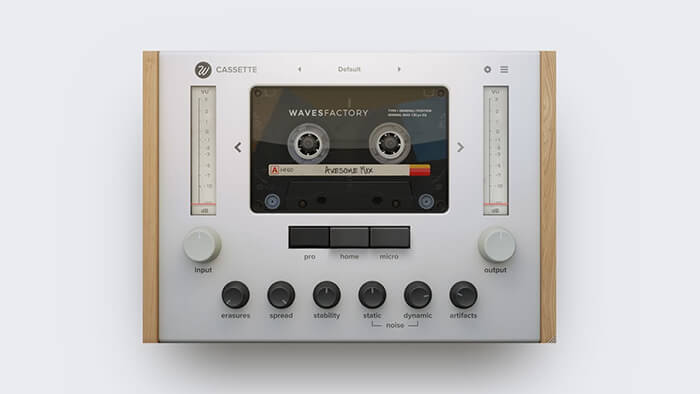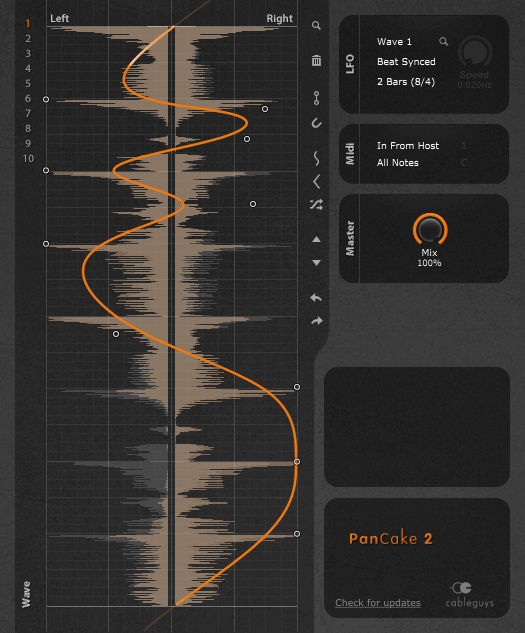
- FREE EFFECT PLUGINS FOR FL STUDIO HOW TO
- FREE EFFECT PLUGINS FOR FL STUDIO INSTALL
- FREE EFFECT PLUGINS FOR FL STUDIO PRO
- FREE EFFECT PLUGINS FOR FL STUDIO DOWNLOAD
VST is the most popular and supported, but Audio Units are great on macOS because they are native to the platform. Just make sure your computer supports it. What should you use? It doesn’t really matter, they all work the same and don’t sound any different.
FREE EFFECT PLUGINS FOR FL STUDIO INSTALL
Many instrument plugins also have standalone versions that you can use outside of FL Studio or a DAW environment – this is usually an option when you install a plugin on your computer. Native – not really a format, just when a plugin is hard-wired to only work with the DAW it came with.

FREE EFFECT PLUGINS FOR FL STUDIO PRO
RTAS – compatible with older Pro Tools versions.AAX (Avid Audio eXtension) – compatible with newer Pro Tools versions.AU (Audio Units) – compatible with most DAWs on macOS only.VST3 – a newer VST version compatible with some DAWs.VST (Virtual Studio Technology) – compatible with most DAWs.But many producers get confused here, they aren’t necessarily the same thing. What’s a VST?Īnother word used interchangeably with ‘plugin’ is ‘VST’.
FREE EFFECT PLUGINS FOR FL STUDIO DOWNLOAD
Plugins made by third parties are something you can purchase or download separately to FL Studio, usually made by a variety of different manufacturers. Because they know that plugins can add expanded functionality and creative sonic possibilities.īut the majority of plugins you’ll find in producers’ arsenals aren’t included with FL Studio.Įver heard of Serum by Xfer Records? That’s a third-party synthesizer plugin. If you add reverb after the delay, the reverb will be applied after the delay is applied to whatever is being inputted before that.įL Studio includes its own plugins in some of their bundles. Note that the order matters when it comes to loading up effect plugins in the mixer. These plugins are added into the FL Studio mixer inserts on the right. The second is an effect format, which is designed to process, manipulate and change the incoming sound. These are loaded up either by dragging from the browser, or by clicking the + icon on the Channel Rack. The sounds are produced when you input notes into them through a MIDI device or on the piano roll. The first plugin type is an instrument (FL Studio prefers the term generator) format, which is designed to synthesise, sample and produce sounds.
Generators, Instruments and Effects? What? This is where plugins come in – to fill the gap.

Perhaps you want to synthesize more complex bass sounds, or want to have a reverb sound with more analogue character? Maybe you’re just not having enough fun, and you want to expand your options and experiment. While a majority of DAWs (like FL Studio) have great feature sets that are more than capable of creating high-quality in music, sometimes the basic functionality just doesn’t cut it. But if you don’t, they are extra pieces of software you can use with FL Studio (or any other DAW).īut what do plugins actually do that FL Studio can’t do? What is a Plugin?ĭepending on your music production journey, you might know what plugins are already. So make sure to read the whole thing to really understand plugins and be able to use them to their fullest potential. Whatever your case may be, this article aims to answer your questions. You could even be looking at finding some good third-party VSTs to add to this list.
FREE EFFECT PLUGINS FOR FL STUDIO HOW TO
Or maybe you’re looking at how to use these plugins. If you’re new to FL Studio, you won’t have any clue what plugins are. This is the FL Studio plugins list, and it shows you all the devices you have in your library. If you’ve been using FL Studio for a minute, you’ll have seen this beast of a list pop up when you go to load up something. FL Studio Plugins: How To Easily Use and Find Them


 0 kommentar(er)
0 kommentar(er)
